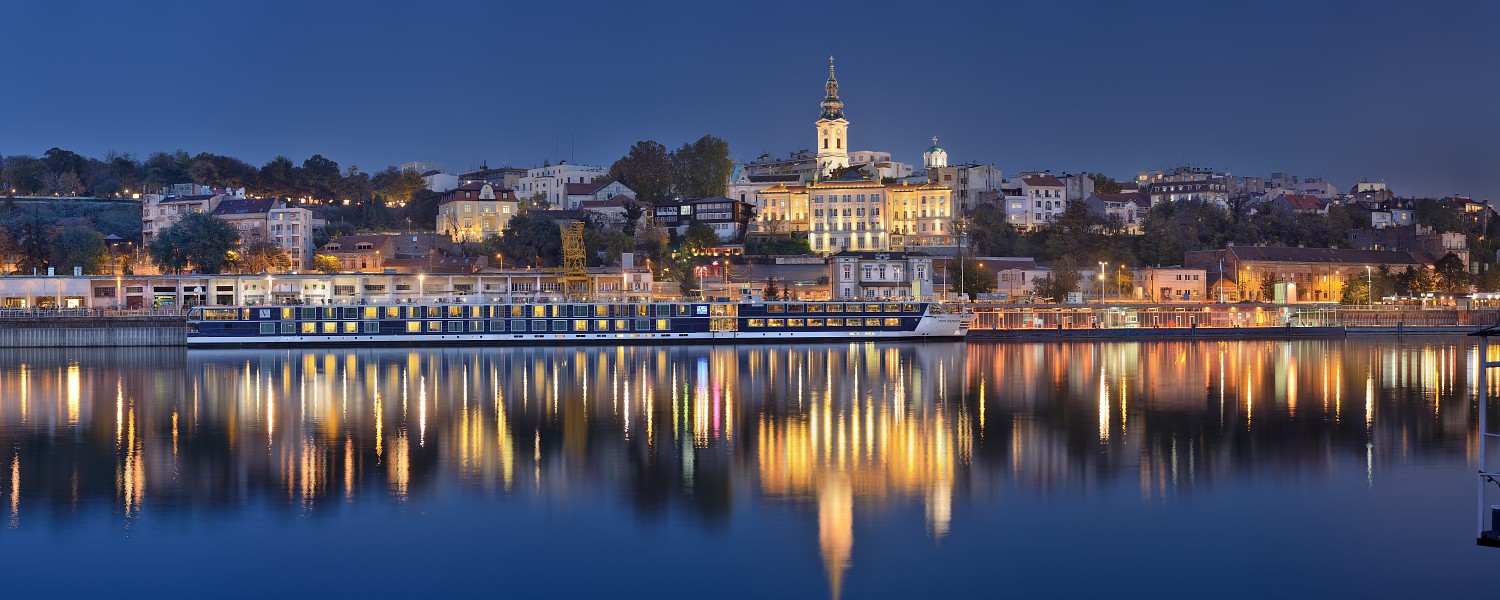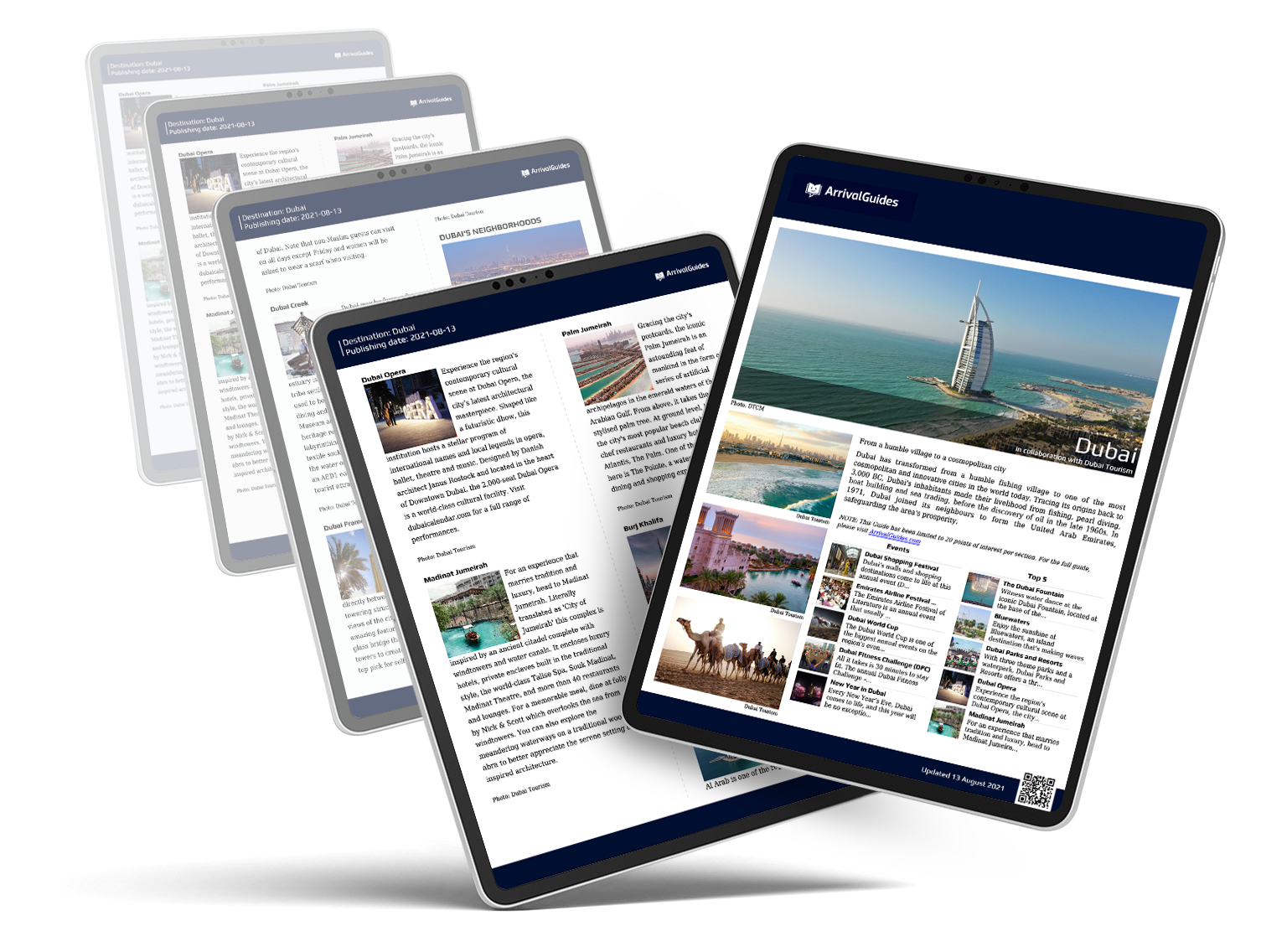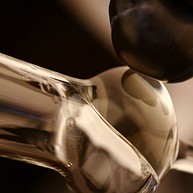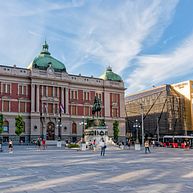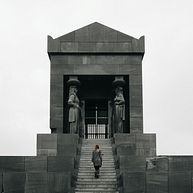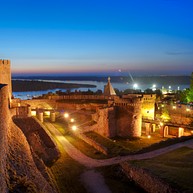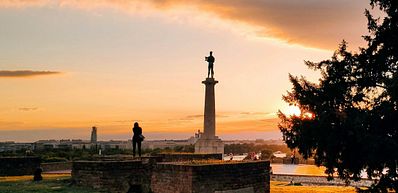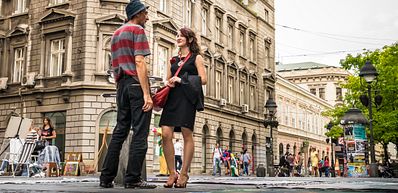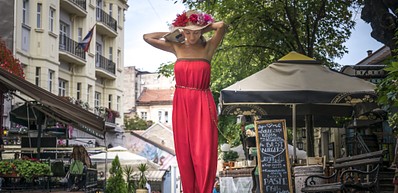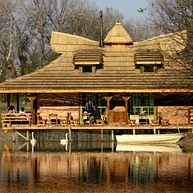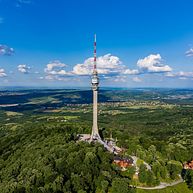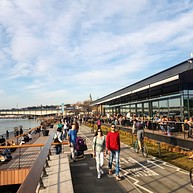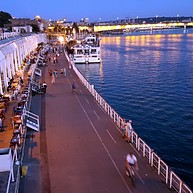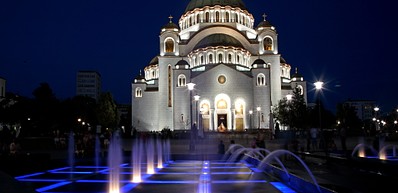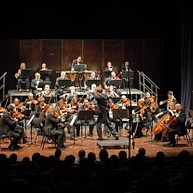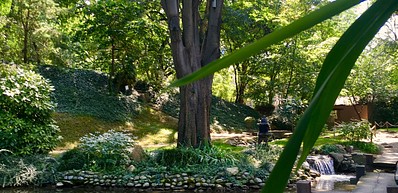
Jevremovac Botanical Garden
Escape the hustle and bustle of city life with a visit to Belgrade's botanical garden. Founded in 1874 by decree of the Kingdom of Serbia's Ministry of Education, on the recommendation of renowned botanist Josif Pančić, who also became its first manager, this garden offers a tranquil retreat.
Each plant is systematically labelled, and the garden features a variety of areas including a peaceful Japanese Garden, a European garden, a Rock garden, and a Glasshouse. There's also a library and a dedicated Kid's corner. This is the perfect spot for a day spent in nature without leaving the city, allowing you to leave all your worries at the entrance.
Read more

